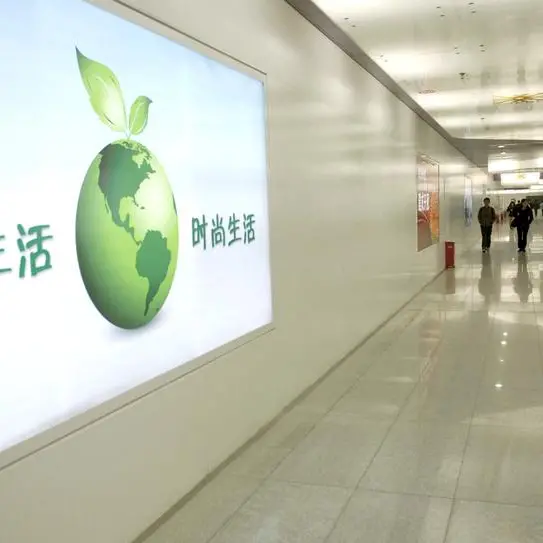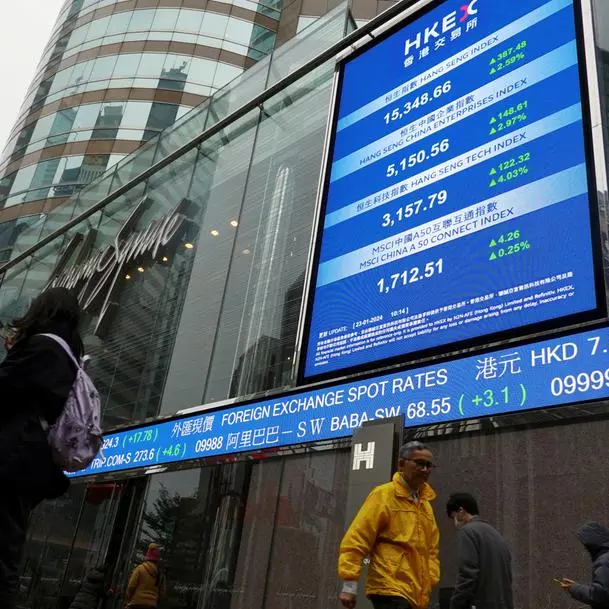PHOTO
The Philippine local food service sector is projected to bounce back to pre-pandemic levels by 2024, underpinned by strong consumer confidence and recovery of the tourism and hotel industry, according to the United States Department of Agriculture (USDA).
In a report, the USDA-Foreign Agricultural Service (FAS) said sales of the local consumer food service are expected to expand by 20 percent to approximately $13 billion this year, following a robust growth in 2022, as the tourism and hotel industry continues to improve.
Fueled by local demand, it cited that hotel occupancy rates reached 80 percent in January.
With the recovery of international tourism, the USDA-FAS said the hotel industry would present further growth.
'By early 2024, the food service industry is estimated to recover to pre-pandemic levels,' it said.
Based on the chart provided in the report, sales of the local food service sector amounted to move more than $13 billion in 2019.
The USDA-FAS said the sector's growth would mainly be driven by dine-in restaurants, catering and events.
In 2022, the sector saw increased popularity of dine-in and the continued increase in deliveries.
This year, popular restaurants are already experiencing full dine-in capacity along with customer queues during weekends.
'With the recovery in the service industry, restaurants and hotels are expected to become more profitable in 2023. After school classes resumed, increased consumer mobility and improved employment rates bolstered restaurant and hotel spending,' the USDA-FAS said.
'Some restaurants experience queues of customers dining in, and event bookings are starting to fill up hotel venues,' it said.
As the Philippines topped global rankings for social media and internet usage, the USDA-FAS said Instagrammable food establishments are expected to attract more dine-in customers for social media posts.
Last year, the Philippines was the top country with the highest population of vlog watchers and influencer followers, which include food influencers promoting restaurants.
The USDA-FAS also said food deliveries and non-contact food ordering systems would still provide some support to the sector's growth as these remain a convenient options for consumers.
'Though not as frequent as during the pandemic, use of online delivery platforms, drive-throughs, and curbside pickups will continue to appeal to customers,' it said.
The US agency also cited the continued opening of new local and international stores and franchises of restaurant chains.
'While most food establishments are launching new restaurant concepts, some restaurant chains fast-tracked store openings to meet local and international franchise agreements,' it said.
The rollout of company and franchise owned stores would outpace independent restaurant, the report said.
'Chains have more financial leverage to expand, efficiency in operations, and capacity to order bulk purchases compared to independent stores. Most food chains such as Jollibee and Potato Corner focused on faster store openings locally and abroad,' the USDA-FAS said.
Per segment, the US agency also foresees full-service restaurants' sales growth expanding by 25 percent, overtaking the sales of limited-service restaurants, which is projected to have a slower growth at 20 percent.
Café and bar sales growth is seen growing by 20 percent this year, but still far from the pre-pandemic levels.
The USDA-FAS also estimates street stalls and kiosks' sales will grow by 25 percent this year after outperforming all categories last year.
'Street stalls and kiosks provide convenience and budget food to commuters in transportation hubs and malls. With the face-to-face resumption of classes and work, street stalls and kiosks selling potato fries, hot dogs, milk teas, and fruit shakes will contribute to sales growth,' it said.
Copyright © 2022 PhilSTAR Daily, Inc Provided by SyndiGate Media Inc. (Syndigate.info).























